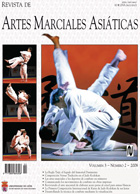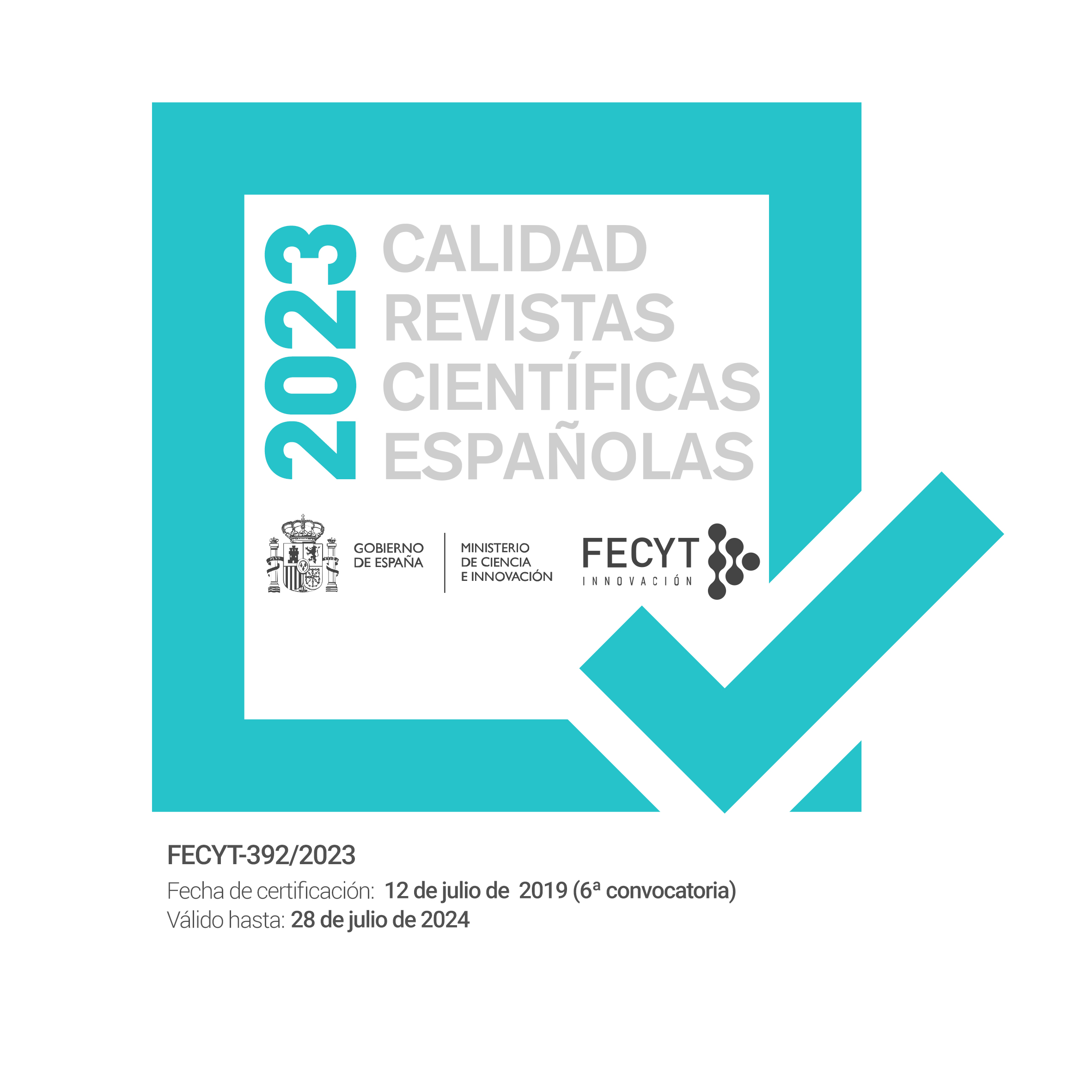Competição versus Tradição no Judo Kodokan
DOI:
https://doi.org/10.18002/rama.v3i2.359Palavras-chave:
Artes marciais, desportos de combate, judoResumo
A associação do judo com o Comité Olímpico Internacional (COI) e os seus patrocinadores corporativos está a provocar a “erosão” da prática, dos grandes princípios e metas definidas para o Judo Kodokan pelo seu fundador, Jigoro Kano. Com a pretensão de torná-lo acessível a uma (neófita) audiência televisiva, o judo tem vindo a transformar-se num “produto” comercial. Estas alterações, entre outras, têm desvalorizado o judo recreativo, segundo a opinião de vários especialistas e praticantes. Este artigo apresenta, assim, uma breve história do judo e a sua evolução para convergir com as necessidades do COI.
Downloads
Métricas alternativas
Referências
Brousse, M. & Matsumoto, D. (1999). Judo: A sport and a way of life. Seoul: International Judo Federation.
Daigo, T. (2005). Kodokan Judo throwing techniques. Tokyo: Kodansha International.
DeMente, B. (2003). Kata: The key to understanding and dealing with the Japanese! Boston: Tuttle.
DeMente, B. (2004). The Japanese samurai code: Classic strategies for success. Boston: Tuttle.
Donohue, J. (1998). Herding the ox: The martial arts as moral metaphor. Wethersfield, CT: Turtle Press.
Donohue, J. (2005). Modern educational theories and traditional Japanese martial arts training methods. Journal of Asian Martial Arts, 14(2): 8-29.
Draeger, D. (1974). Modern bujutsu and budo. The martial arts and ways of Japan: Volume 3. New York: Weatherhill.
Holme, P. (1996). Get to grips with judo. Dorset, England: Blandford.
International Judo Federation (2006, 21 de abril). International Judo Federation Mission Statement http://www.ijf.org/rule/rule_role_mission.php#4
International Judo Federation (2006, 4 de mayo). The color of judogis: Wear blue if you have the choice. http://www.ijf.org/board/board_view.php?Page=1&SearchSelc=&SearchText= &Idx =293
International Olympic Committee (2005, 28 de diciembre). The International Olympic Charter. http://www.olympic.org/uk/organisation/missions/charter_uk.asp
Jones, L. (2005). Competition, kata and the art of judo. Journal of Asian Martial Arts, 8(3): 72-85.
Kano, J. (2005). Mind over muscle: Writings from the founder of judo. Tokyo: Kodansha.
Kano, J., et. al. (1986). Kodokan Judo. Tokyo: Kodansha.
Kiyota, M. (2002). The Shambhala guide to kendo. Boston: Shambhala.
Nurse, P. (2004, 12 de noviembre). The beginnings of Kodokan Judo, 1882-1938. http:www.fightingarts.com/reading/article.php?id=53
Otaki, T. & Draeger, D. (1994). Judo formal techniques: A complete guide to KodokanRandori no Kata. Boston: Tuttle.
Rhee, J. (1998). The mystic origins of the martial arts. A&E Home Video. A&E Television Networks.
Sadej, A. (1999). Should we promote judo as a martial art? Commentary in: Yudansha Journal: Official Publication of Judo Canada, 5(1): 2-3.
Saul, J. (1992). Voltaire’s bastards: The dictatorship of reason in the west. New York: Penguin Books.
Schell, C. (1999). Commentary in: Yudansha Journal: Official Publication of Judo Canada, 5(2):2-3.
Sidney, J. (Ed.) (2003). The warrior’s path: Wisdom from contemporary martial arts masters. Boston: Shambhala.
Stevens, J. (1995). Three budo masters. Tokyo: Kodansha. Takahashi, M. & Family. (2005). Mastering judo. Champaign, IL: Human Kinetics.
Downloads
Publicado
Como Citar
Edição
Secção
Licença
Direitos de Autor (c) 2012 S. Biron Ebell

Este trabalho encontra-se publicado com a Licença Internacional Creative Commons Atribuição-NãoComercial-CompartilhaIgual 4.0.
Os autores que publicam nesta Revista estão de acordo com os seguintes termos:
- Os autores cedem, de forma exclusiva, os direitos de exploração (reprodução, distribuição, comunicação pública, transformação) à Universidade de Léon, podendo estabelecer, em separado, acordos adicionais para a distribuição não exclusiva da versão do artigo publicado na Revista (por exemplo: alojar no repertório institucional ou publicá-lo num livro), com o reconhecimento da publicação inicial nesta Revista.
- O trabalho encontra-se na Creative Commons Attribution-Non Commercial-Share Alike 4.0 International License. Pode-se consultar aqui o resumo e o texto legal da licença.
- Permite-se, e sugere-se, que os autores difundam electronicamente as versões pré-impressão (versão antes de ser avaliada) e pós-impressão (versão avaliada e aceite para publicação das suas obras antes da sua publicação), favorecendo a sua circulação e difusão, e com ela o possível aumento da sua citação e alcance pela comunidade académica.











